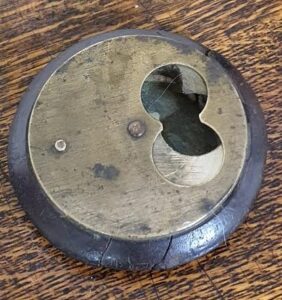Snuff is a smokeless tobacco made from ground or pulverised tobacco leaves. It is inhaled or “snuffed” into the nasal cavity, delivering a swift hit of nicotine and a lasting flavoured scent (especially if flavouring has been blended with the tobacco). Traditionally, it is sniffed or inhaled lightly after a pinch of snuff is either placed onto the back surface of the hand, held pinched between thumb and index finger, or held by a specially made “snuffing” device.
Snuff originated in the Americas and was in common use in Europe by the 17th century. Traditional snuff production consists of a lengthy, multi-step process, in tobacco snuff mills. The selected tobacco leaves are first subject to special tobacco curing or fermentation processes, where they will later provide the individual characteristics and flavour for each type of snuff blend. Snuff is usually scented or flavoured, with many blends of snuff requiring months to years of special storage to reach the required maturity. Typical traditional flavours are varieties of blended tobacco leaves considered original “fine snuff” without any addition of scents or essences. Varieties of spice, piquant, fruit, floral, and mentholated (also called “medicated”) soon followed, either pure or in blends. Each snuff manufacturer usually has a variety of unique recipes and blends, as well as special recipes for individual customers.
Then, of course you had to have a snuff box to keep it fresh. Snuff boxes are made in pocket sizes – holding a few grammes for immediate consumption – and as larger, table boxes.

The Miser’s Snuff Box – Unit 125
This snuff box is made of brass with a fruitwood base. It is Scottish and dates from c1840-1860. The top brass plate with figure of eight opening swivels to correspond with the lower brass plate. This type of snuff box is often described as a miser’s snuff box as the figure of eight opening only allows one to take a very small pinch of snuff.

